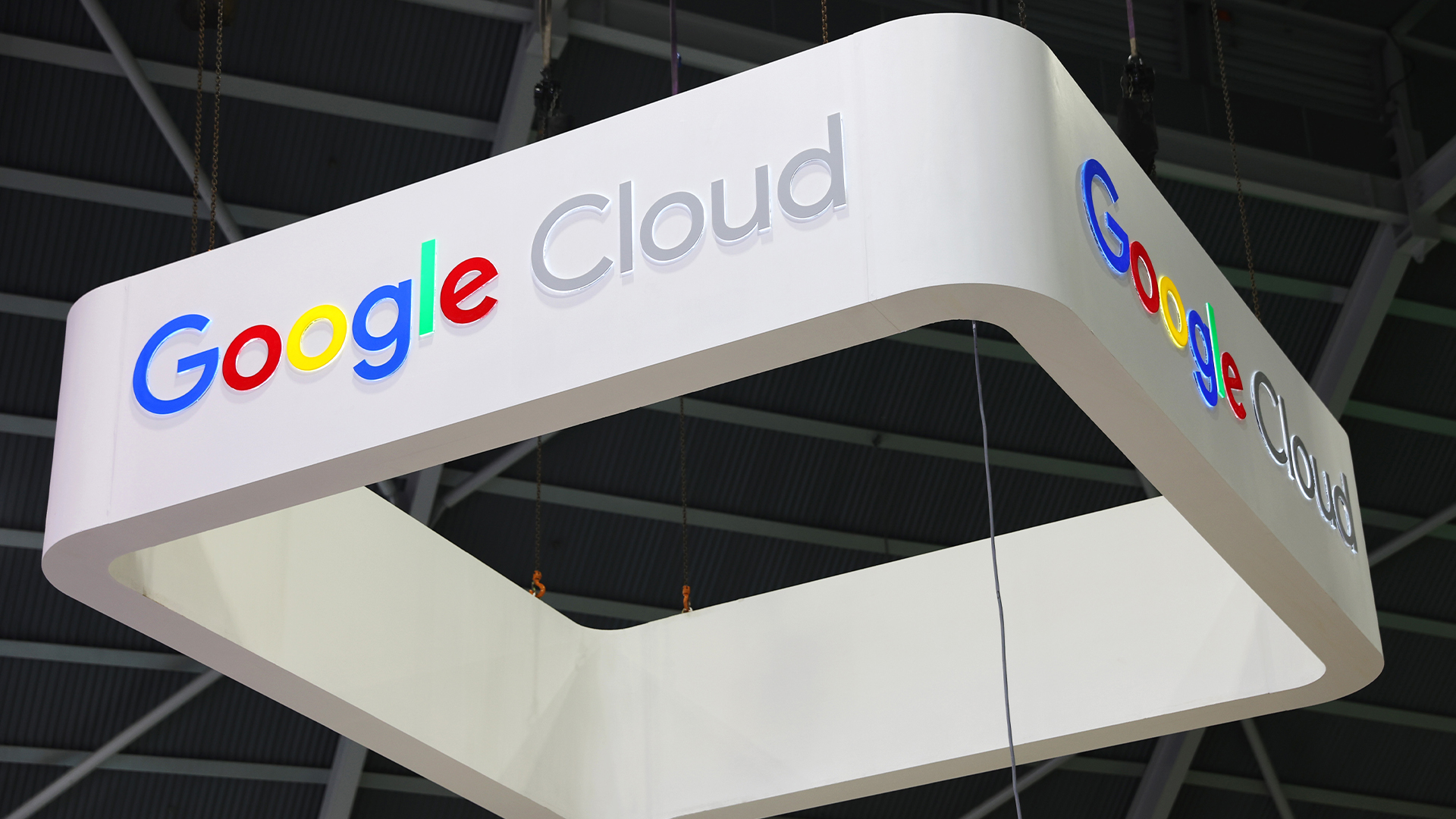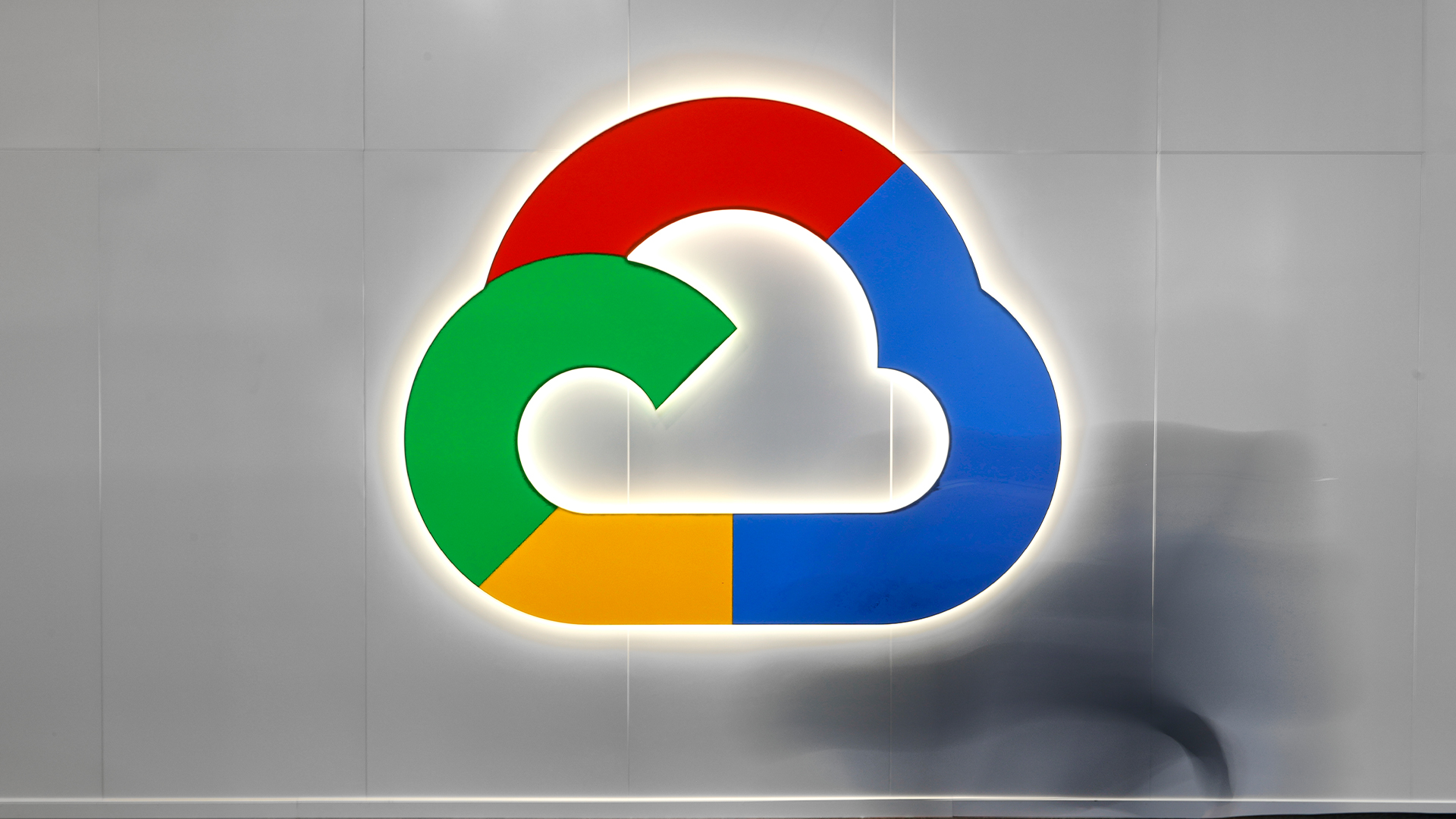Why ‘bring your own license’ is a game changer for reselling cloud products and services
Customers are demanding more flexibility and don’t want to lose existing investments when it comes to cloud management - resellers are in a prime position here if they can get the licensing right


Digital transformation has become something of a modern cliché, a catch-all term for organizations embarking on technology shifts and upgrades. As Deloitte noted recently, however, “organizations often struggle to determine which actions drive the most impact and which investments yield the most enterprise value”.
This suggests a hangover from the digital goldrush of the pandemic but it’s also a reflection of how organizations need more help to not just understand what they are buying but also in exploring different upgrade models, ecosystems, and licensing options.
The role of the channel should not be underestimated in making this happen. Of course, many channel partners already play a key role when it comes to providing advice and services around product implementation and integration, but when it comes to selling cloud services it can get a little hazy.
Cloud providers have not always been the most forgiving when it comes to making it easy for partners and their customers to move between services.
This is unlikely to change, so what’s the answer? Demand for cloud is still increasingly driven, according to Canalys research, by ‘mega-trends’ such as cyber security, sustainability, and AI.

Customers want flexibility in infrastructure to take advantage of these trends, where they can provide the most value. Whether this is on-premise or with public or private cloud providers, the point is simple.
If customers are to realize the true value of a hybrid multi-cloud policy, they need to be able to do so, easily and cost-effectively – and this will require a layer of software that sits across cloud services.
Stay up to date with the latest Channel industry news and analysis with our twice-weekly newsletter
Double trouble
One of the biggest problems facing customers is the fact that the majority of vendors tend to charge twice for each cloud deployment.
RELATED WHITEPAPER

There are separate licenses for on-prem and public cloud deployments. If a customer has invested in on-prem, for example, it cannot be repurposed for public cloud.
This creates a big problem for customers looking to move forward with transformations, to take advantage of the benefits of hybrid cloud environments.
Looking after existing investments in cloud, especially in a volatile economy, is not just prudent but should be entirely normal in the new age of IT infrastructure.
Cloud differs from traditional customer and reseller engagement; it needs to be more fluid to enable customers to really take advantage of rapid, on-going shifts in technology.
No customer wants to be financially penalized for a decision that may have been right for the business 12 months ago. This is cloud's greatest strength, enabling flexibility and helping customers build resiliency and competitiveness.
For channel partners, this may seem like virgin territory. Some may see this double hit as an opportunity for short-term gain but the reality is technology is changing so fast that customers need increasing amounts of help to ensure they are in the best place possible to take advantage of these changes.

This, of course, can come at a cost, which is why licenses also need to be flexible. If a customer decides to shift to a multi-cloud environment, why should it have to pay twice?
As vendors and channel partners it is our duty to reassess how we work with customers, how we can help them do more and be better businesses.
A license to control
We see this as a big opportunity for the channel to help shape hybrid cloud migration, adding value through licensing flexibility but also optimization of workloads.
If we, as vendors, can change licensing to enable partners and their customers to drive infrastructure in a way that suits their businesses, then that has to be a good thing. By removing a barrier to change, we are opening up an opportunity to see a bigger picture.
The opportunity for partners here is increased service revenue. Workload optimization is increasingly key to getting value out of cloud investment. Not all workloads are equal after all.
Customers need help in understanding this and recognizing the multiple benefits. As well as cost, there are further advantages such as reduced energy consumption, faster throughput, more unified data, and greater productivity.
This is why we believe in a portable license, a ‘bring your own license’ scheme that enables seamless portability of an on-premise license into a public cloud environment, supporting application migration and management across multiple clouds at no extra licensing cost.

It’s about simplifying IT operations, across multiple environments, with flexible, interoperable solutions that fit with the specific needs of the customer.
For some channel partners, this may represent a transformation of sorts, but at the moment all businesses need to be adaptable in order to embrace those changing customer needs.
This is only going to get more pressing, as organizations explore the opportunities presented by what Canalys described as technology mega trends.
For the channel, it is better to be on the front foot rather than standing still, helping customers identify the trends they can exploit to their benefit, instead of sitting on their heels and watching opportunity disappear into the distance.

In his role as vice president of EMEA Channel Sales and Ecosystems, Adam Tarbox has overall responsibility for Nutanix’s go-to-market strategies with resellers, distributors, OEM platform partners, system integrators, and technology partners in the EMEA region.
-
 Why MSSPs must train smarter
Why MSSPs must train smarterIndustry Insights Upskilling is key for MSSPs to move from reactive monitoring to measurable risk reduction
-
 Google Cloud teases revamped partner program ahead of 2026
Google Cloud teases revamped partner program ahead of 2026News The cloud giant’s new-look partner ecosystem shifts focus from activity tracking to measurable customer outcomes
-
 Google Cloud teases revamped partner program ahead of 2026
Google Cloud teases revamped partner program ahead of 2026News The cloud giant’s new-look partner ecosystem shifts focus from activity tracking to measurable customer outcomes
-
 What Palo Alto Networks' $10bn deal with Google Cloud means for customers
What Palo Alto Networks' $10bn deal with Google Cloud means for customersNews The extension of an existing partnership between Palo Alto Networks and Google Cloud is designed to boost security amid rise in AI
-
 CEOs admit majority of cloud environments were ‘built by accident rather than design’ – and it’s coming back to haunt them
CEOs admit majority of cloud environments were ‘built by accident rather than design’ – and it’s coming back to haunt themNews Many enterprises rushed into the cloud without a clear end goal in mind, according to Kyndryl
-
 Google Cloud introduces ‘no-cost’ data transfers for UK, EU businesses
Google Cloud introduces ‘no-cost’ data transfers for UK, EU businessesNews Google Cloud's new Data Transfer Essentials service will allow enterprises to transfer data to alternative providers at no extra cost.
-
 Cloud confusion: Why can't we say what we mean?
Cloud confusion: Why can't we say what we mean?Industry Insights Cloud jargon creates confusion, risking security gaps and business vulnerabilities in organizations
-
 UK enterprises regret going all-in on public cloud
UK enterprises regret going all-in on public cloudNews Data sovereignty, rising costs, and governance issues mean many IT decision-makers regret having made the move
-
 Advanced cloud management: What is StreamOne® and how can it benefit your business now and in the future?
Advanced cloud management: What is StreamOne® and how can it benefit your business now and in the future?Sponsored Content Don't just buy cloud, master it. TD SYNNEX’s StreamOne® offers a powerful ecosystem approach to advanced cloud management, far exceeding the limits of a standard marketplace…
-
 Gestión avanzada en la nube: ¿qué es StreamOne® y cómo puede beneficiar a tu negocio ahora y en el futuro?
Gestión avanzada en la nube: ¿qué es StreamOne® y cómo puede beneficiar a tu negocio ahora y en el futuro?Sponsored Content No te límites en comprar productos en la nube, domínala. StreamOne® de TD SYNNEX ofrece un potente enfoque de ecosistema para la gestión avanzada de la nube, superando con creces los límites de un marketplace estándar…